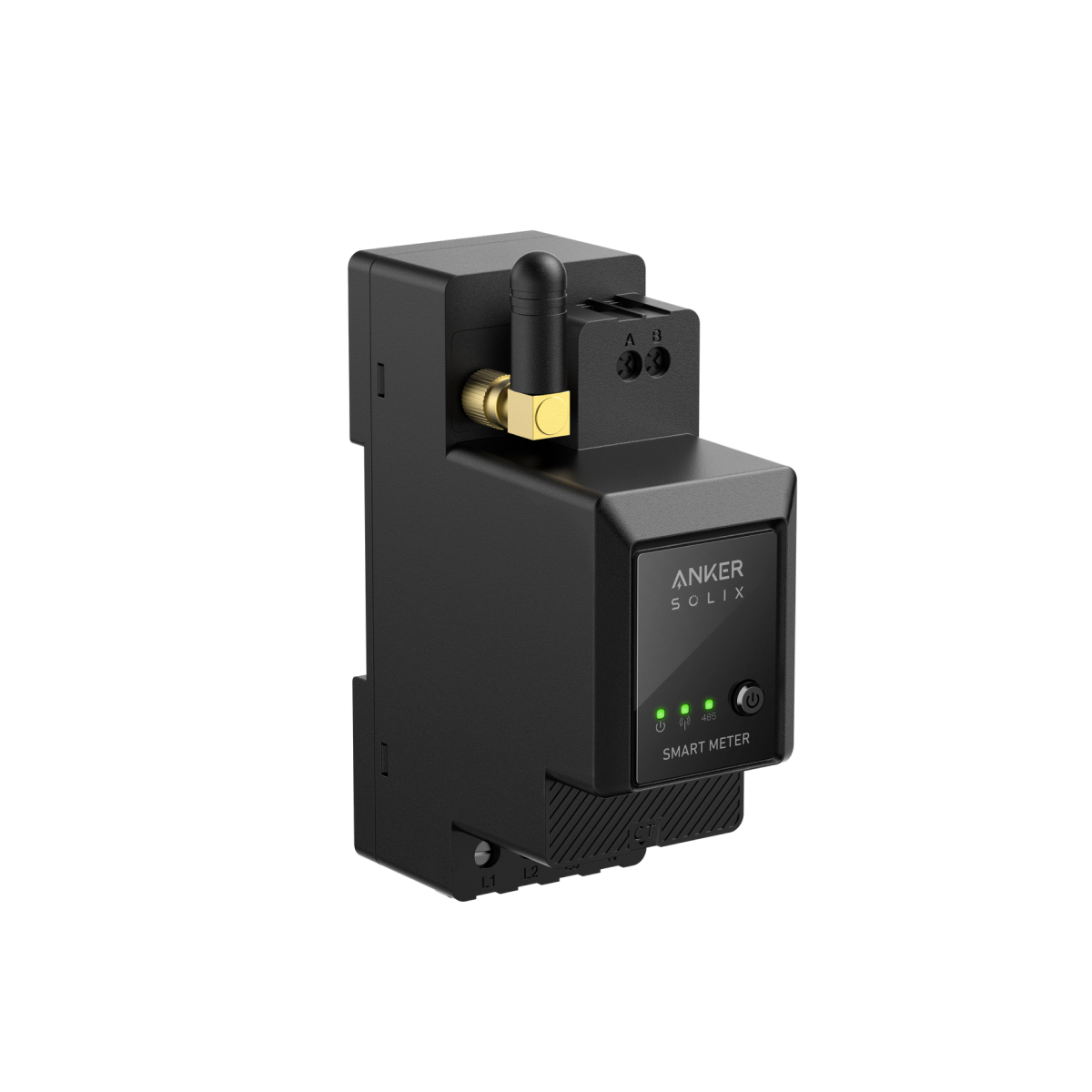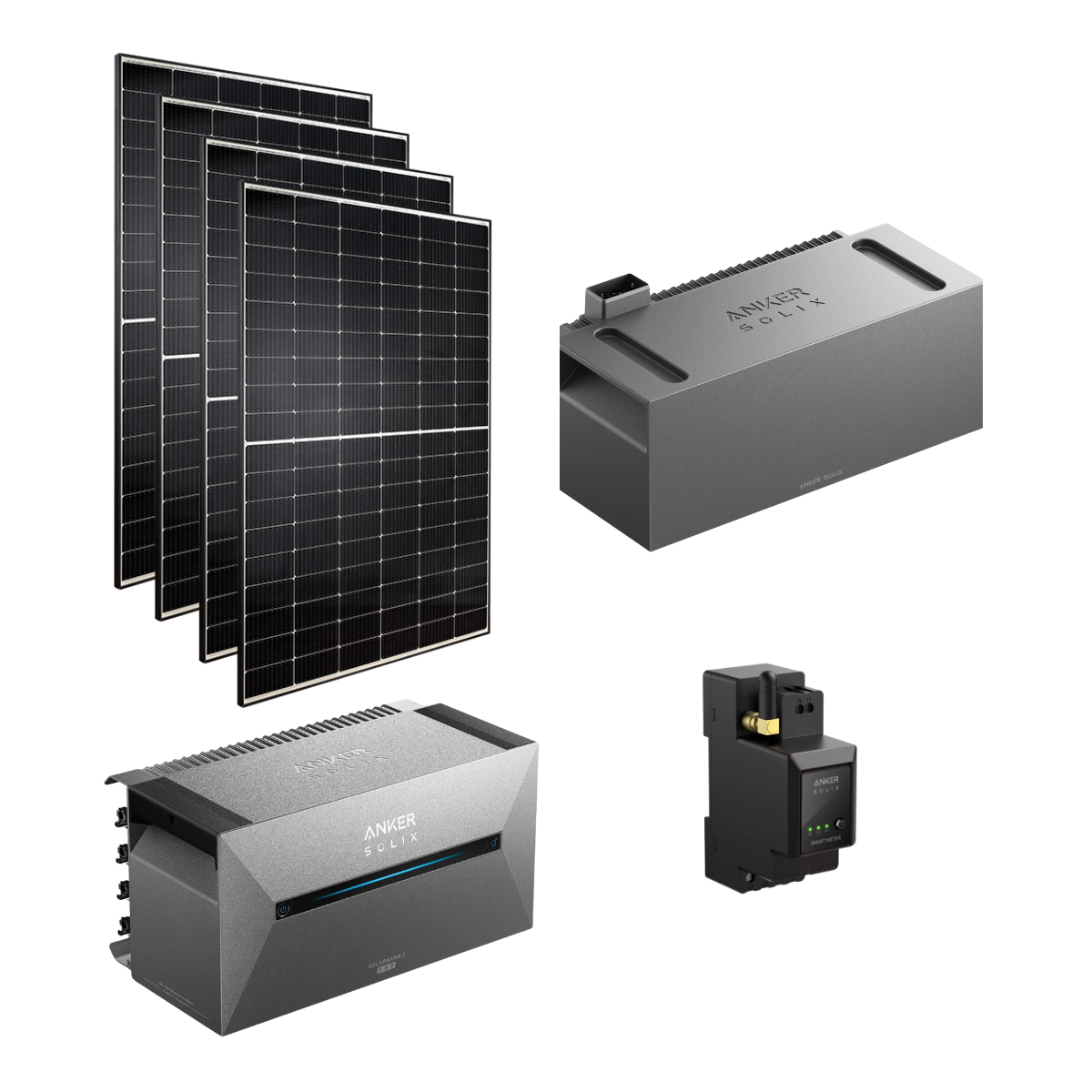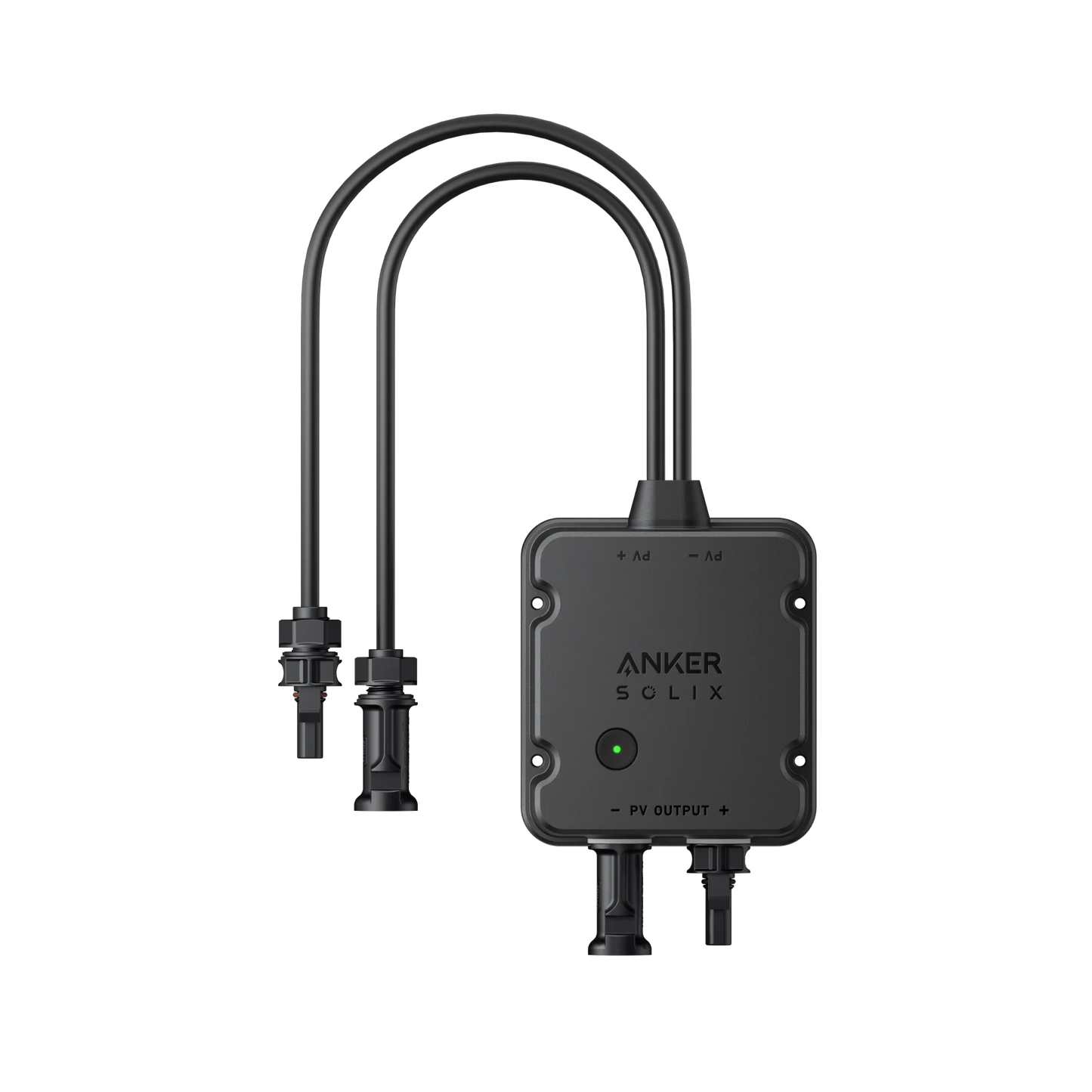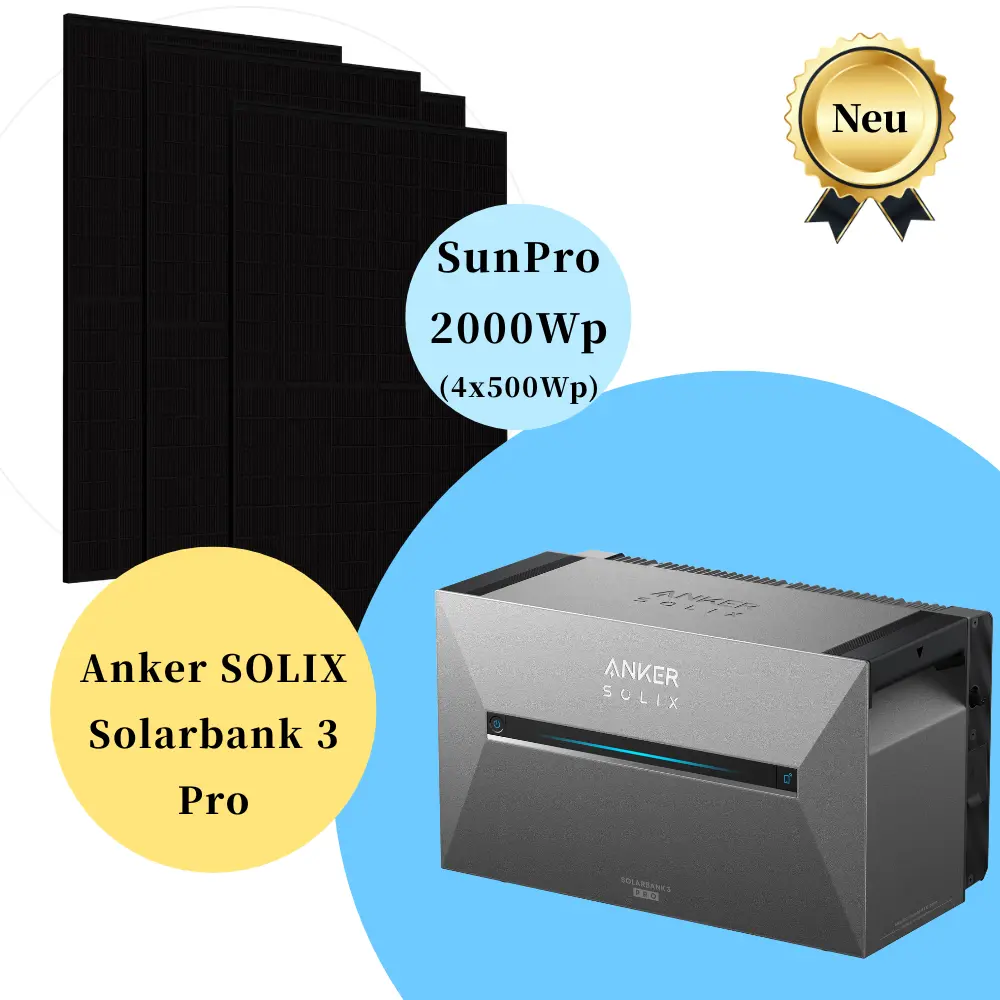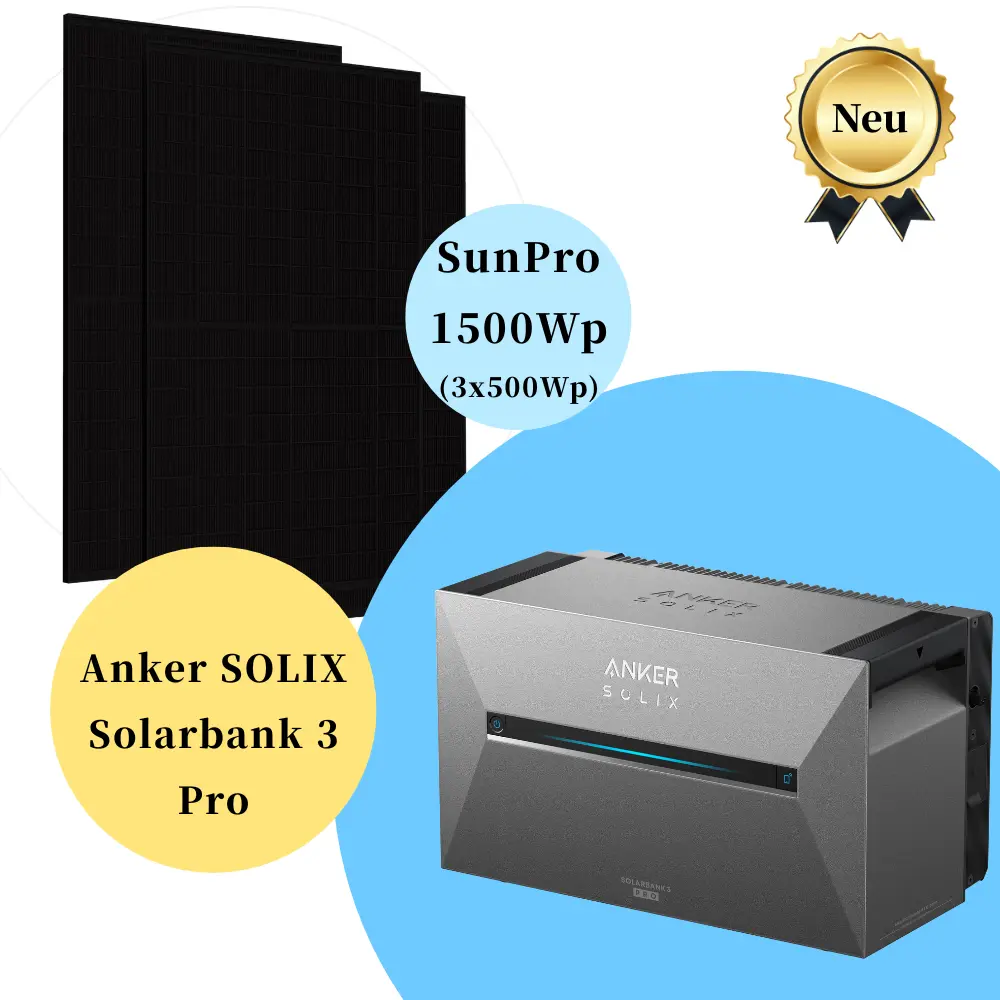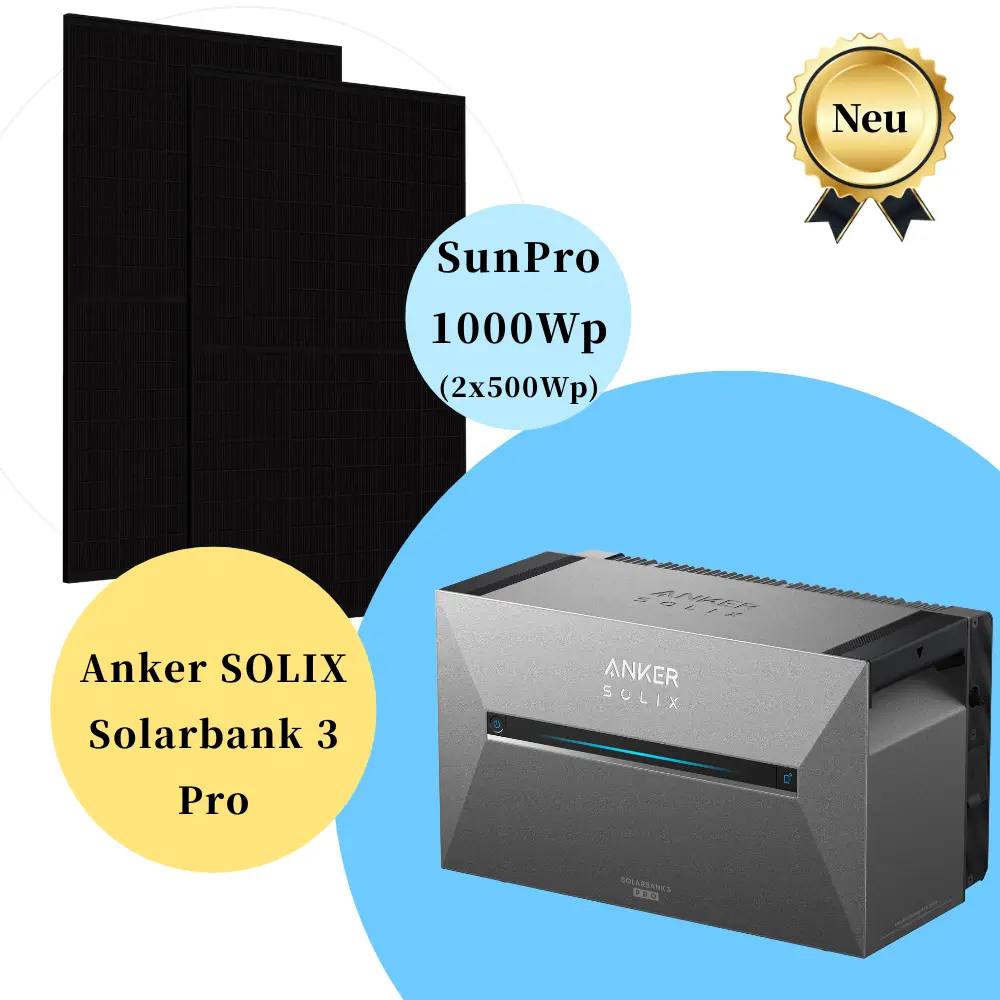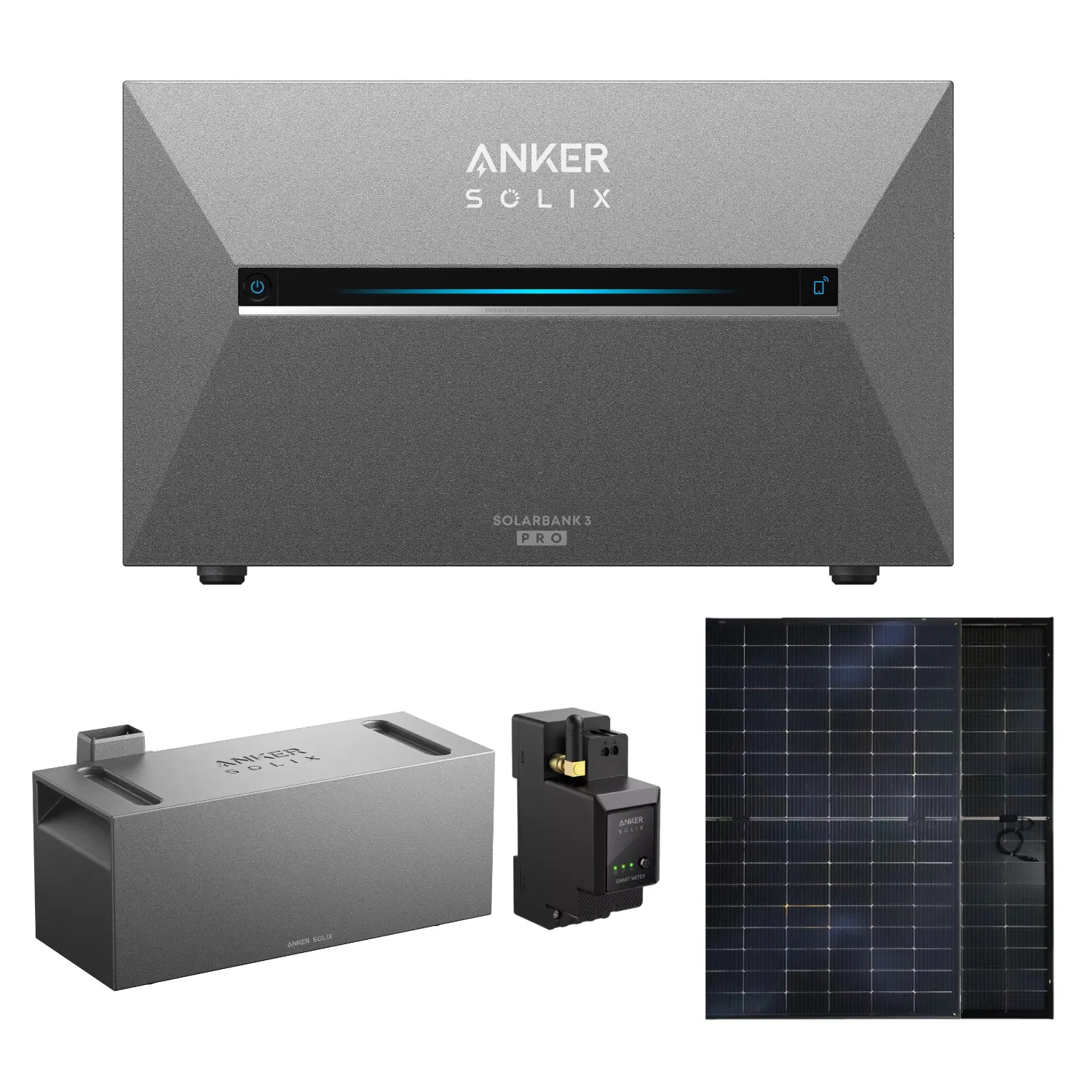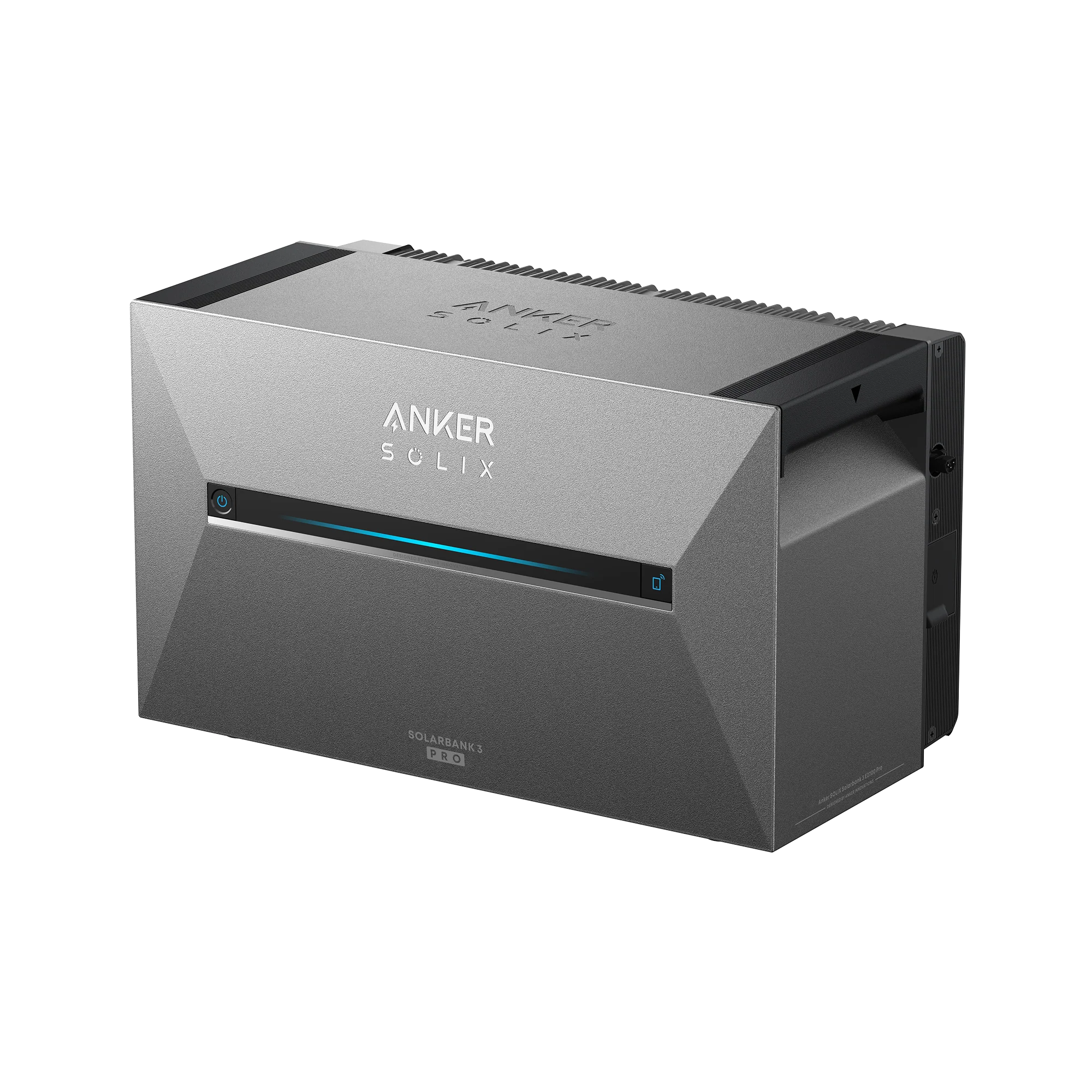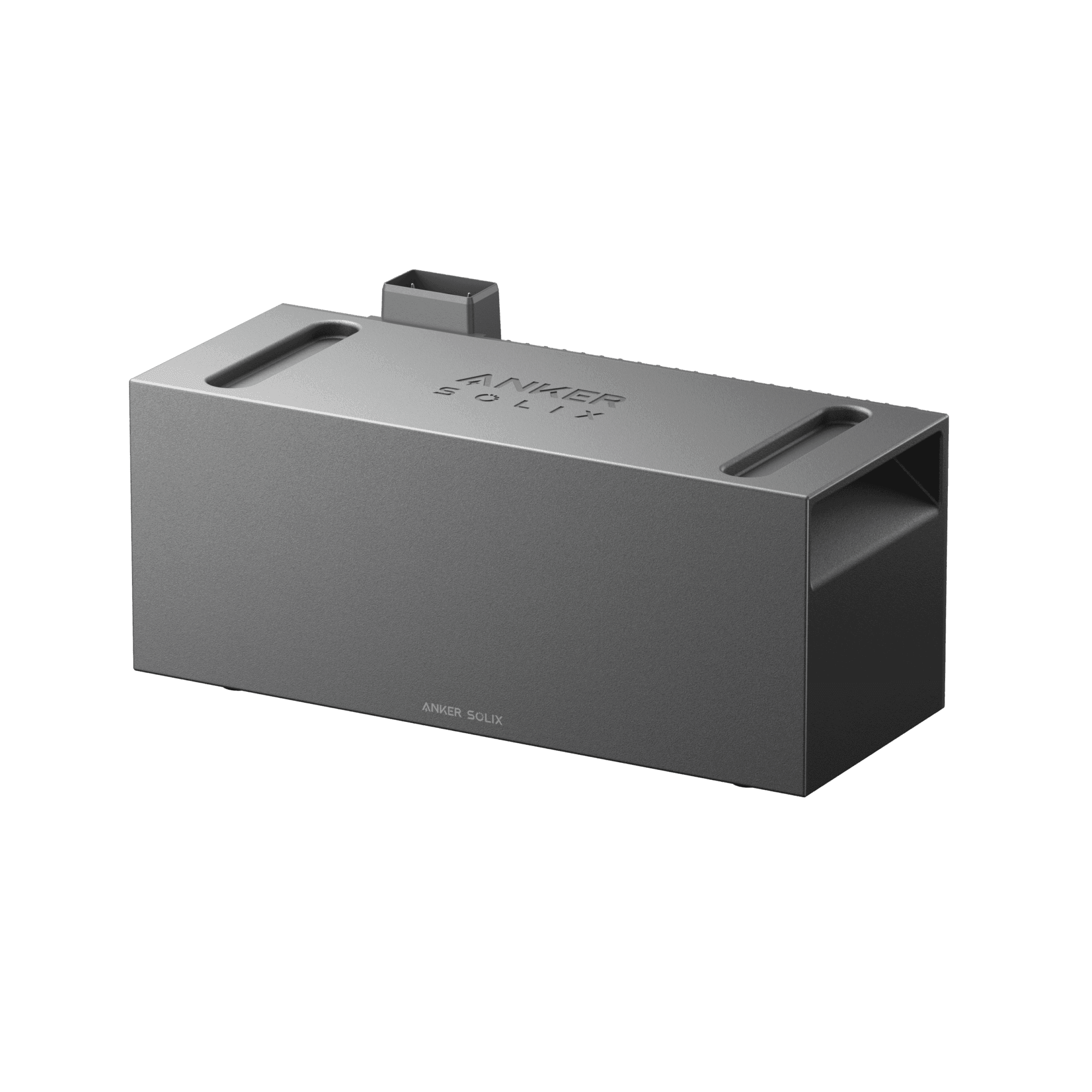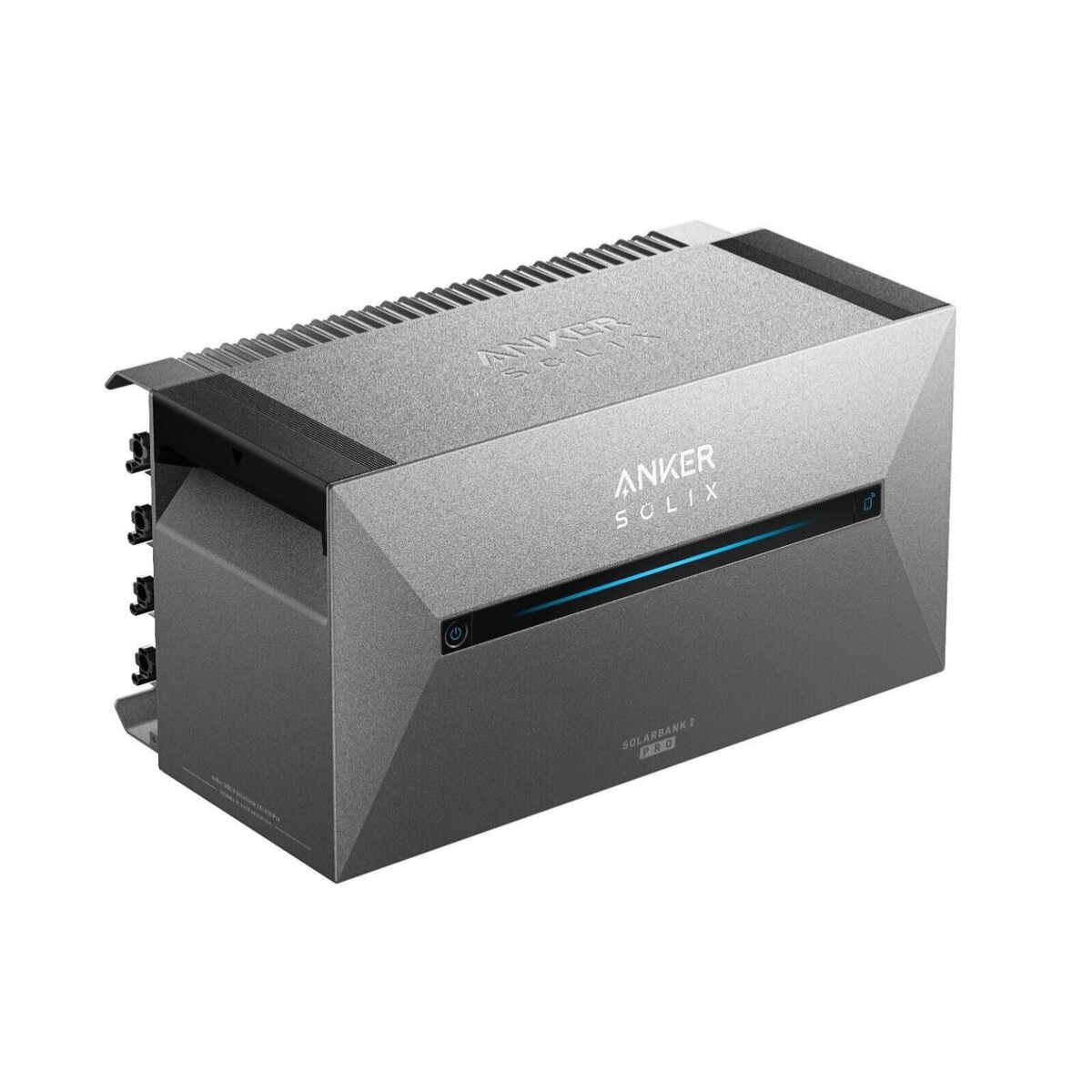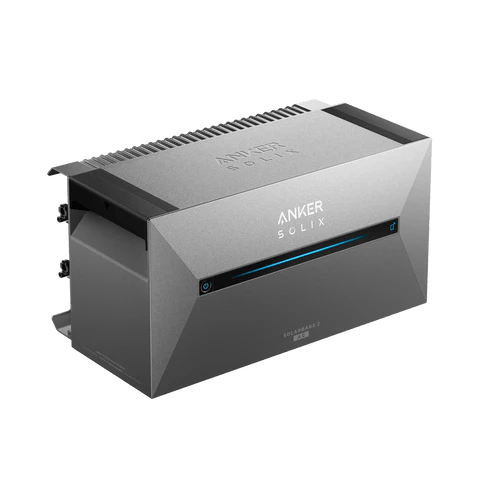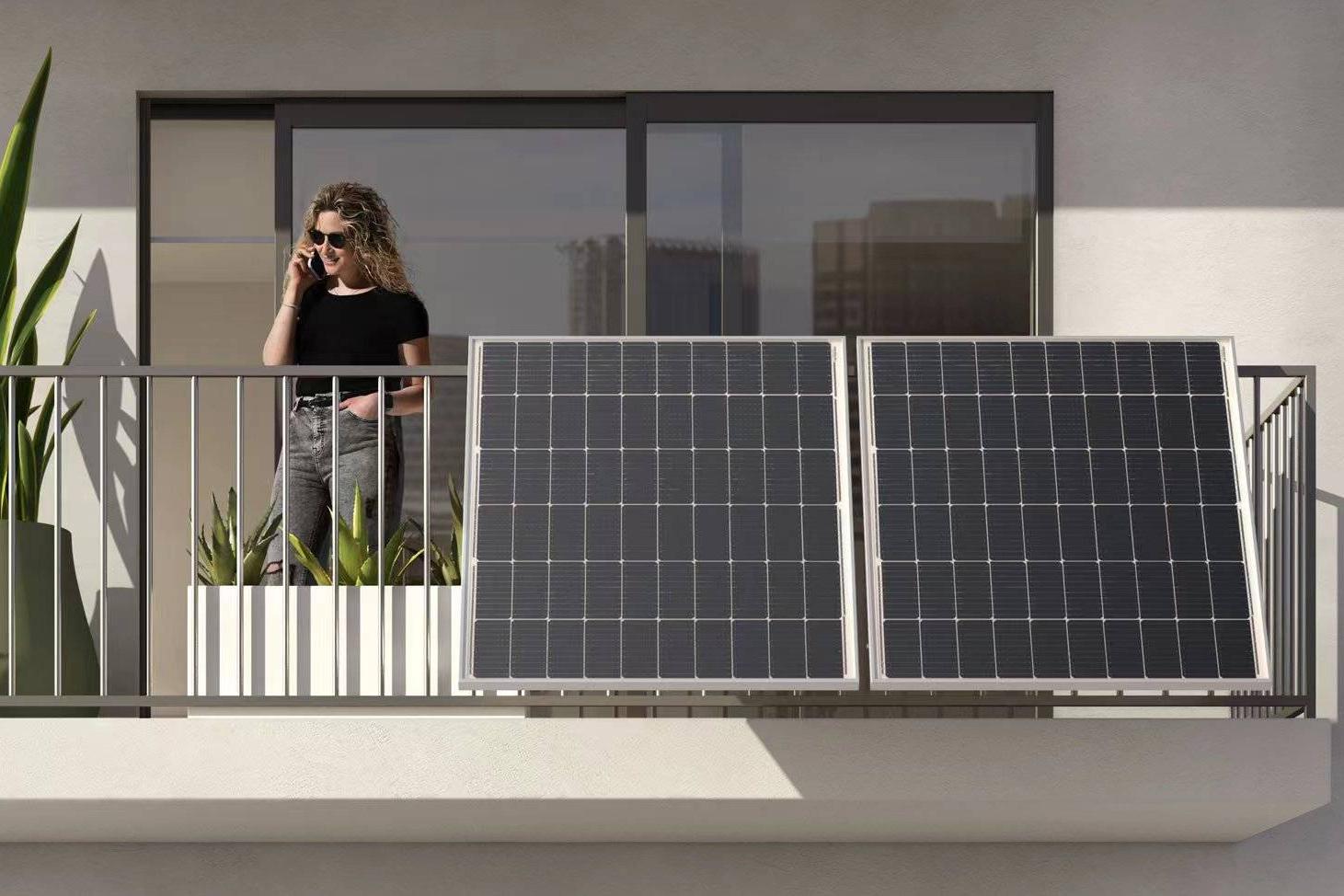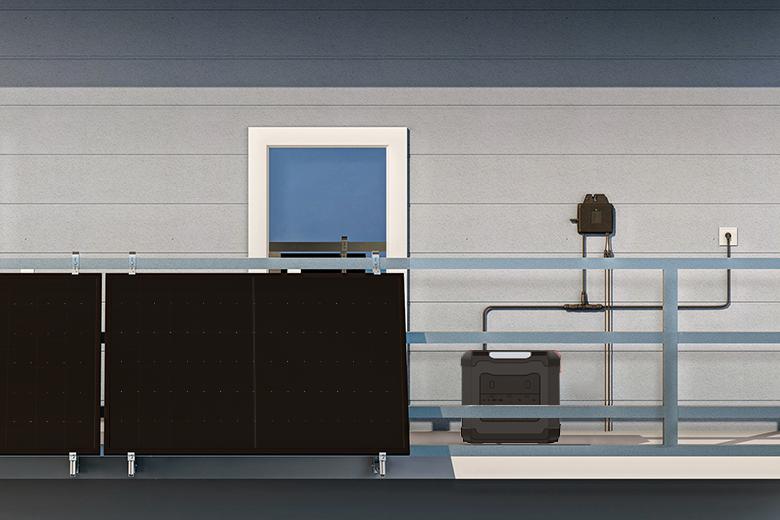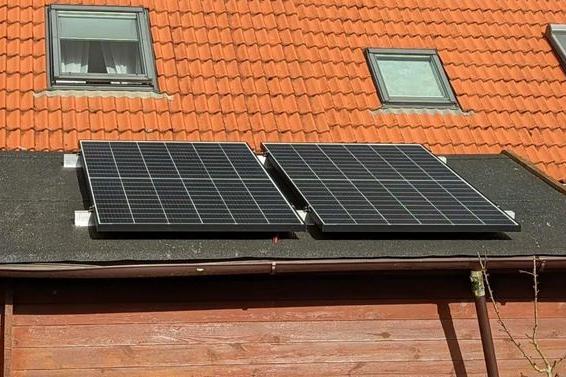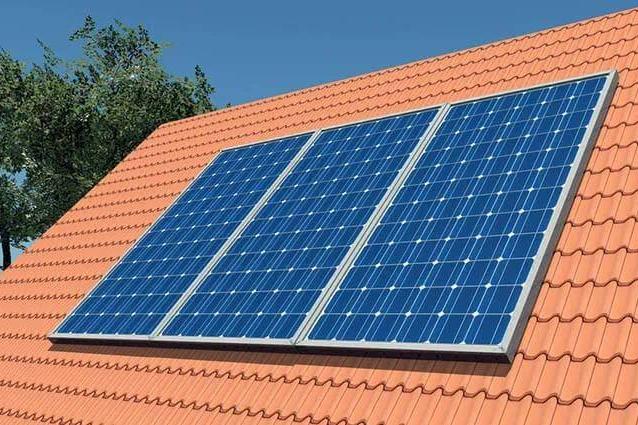Inverter 800 Watt:
How does a microinverter work?
Solar systems, whether on the roof, on the balcony, or in the garage, have long been a part of the urban landscape and have become an integral part of our energy supply. But while the large solar modules are particularly visible, another important component almost always remains hidden. These are inverters, or so-called microinverters, with 800 watts or more of power.
Some people also call the inverters the heart of a solar system, because without these devices, the electricity from the solar modules would be completely useless, or simply unusable for our household appliances. So how do these crucial inverters work? What are the advantages and differences between microinverters and conventional models?
What is a microinverter?
A microinverter is a compact inverter that connects directly to one or more solar modules and converts their generated direct current (DC) into alternating current (AC). Unlike conventional string inverters, which process the power from multiple modules together, a microinverter operates individually for each module or within a small group of modules. This has the advantage that the performance of individual modules is not affected by shading or contamination of other modules, thus optimizing the overall performance of the solar system.

Another advantage of microinverters is their flexibility and scalability. Because each unit operates independently, solar systems can be expanded much more easily. Safety is also increased, as there is no need to run high-voltage DC lines through the house. This reduces the risk of arcing and significantly improves electrical safety. Under certain circumstances, many of the wiring jobs can even be performed by hired contractors, reducing the cost of an electrician.
Additionally, microinverters enable detailed monitoring of the solar system, as the performance of each individual module is recorded separately. This allows problems such as defective or shaded modules to be identified immediately and remedied as needed. Due to their decentralized operation, microinverters often have a longer service life than centralized string inverters.
How does a microinverter work?
An inverter is responsible for converting the direct current generated by solar modules into alternating current usable by household appliances. In this case, the conversion occurs from DC current to AC current. This process occurs in several steps:
- DC power consumption: The solar module generates direct current (DC) from sunlight, which flows via a cable from the solar module to the inverter and is absorbed there.
- Conversion from DC to AC: The inverter converts the absorbed DC power into alternating current (AC). This is compatible with the public power grid (230V, 50Hz in Europe) and can be used by household appliances.
- Feed-in or storage: The generated electricity is then fed into the home grid, allowing household appliances to use it directly. If a storage unit is in operation, it may be located between the solar module and the inverter, or after the inverter. A distinction is made between DC and AC storage units.
- Network monitoring & protection: The inverter ensures grid compliance and automatically shuts down in the event of a grid problem. This ensures safety and protects the grid and solar system.
What are the differences between microinverters and regular inverters?
In contrast to conventional string inverters, which connect several solar modules in series (a so-called string) and convert their entire direct current together. However, because the solar modules are connected in a series or chain, the weakest module limits the output of the others. In concrete terms, this means: If one module is shaded but the others are exposed to optimal sunlight, the shaded module limits the output of the others. The microinverter works differently here and usually controls each module individually. If one solar module is shaded, the remaining modules continue to operate without reduction.
Another advantage of microinverters is their increased reliability. If a module or its microinverter fails, the remaining modules remain active. Operators hardly have to worry about any performance losses. With a string inverter, however, the failure of individual modules or the inverter can impact the entire system and lead to significant performance and thus financial losses.
Installation & costs of microinverters
Due to their design and functionality, microinverters enable flexible installation and expansion of PV systems, as the individual solar modules can be operated independently of one another. This makes microinverters ideal for smaller systems or irregular roof surfaces. String inverters, on the other hand, are more cost-effective for larger systems, as they can manage multiple modules simultaneously at very low cost.
Due to the fact that more individual devices are required when operating a system with microinverters, such a system is usually more expensive per watt, but on the other hand, its independence and higher energy yield also offer various advantages.
Microinverters are also mounted directly on or below the solar module, saving space and simplifying cabling. String inverters, on the other hand, are generally mounted centrally in utility rooms, basements near the fuse box, or on protected walls and are significantly larger.
Connect microinverter to home grid
Connecting a microinverter to the home grid doesn't require any special technical knowledge, but a few basic requirements must be met. The first step is to find a suitable outlet. This can be either a standard Schuko outlet or a Wieland outlet specifically designed for solar systems. The latter offers additional security but must be installed by an electrician.
The actual connection of the microinverter to the home grid is then completed in just a few simple steps. First, the DC terminals of the solar module are connected to the microinverter via a cable. This allows the direct current generated by the PV modules to be converted into alternating current.
The inverter's AC output is then plugged into a standard household outlet. This can be a standard Schuko or Wieland outlet. The generated electricity flows into the household grid via this outlet. As soon as sunlight hits the solar module, the inverter automatically begins producing electricity.
To monitor the feed-in, you can use either a smartphone app or a smart meter, which measures the energy flow in your home. This allows you to check at any time how much electricity the mini-PV system is generating and feeding into the home grid. This not only allows for better control over your energy consumption but also helps you make optimal use of the self-generated electricity, thus reducing your electricity costs.
Conclusion: Microinverters with 800 watts are efficient & flexible
800-watt microinverters are an efficient and flexible solution for photovoltaic systems, especially for smaller systems such as balcony power plants or decentralized solar systems. Compared to conventional string inverters, they offer several key advantages: higher efficiency through individual control of each module, better adaptation to different lighting conditions, and increased reliability. Should one module be affected, the rest of the system remains unaffected.
Another major advantage is their ease of installation, which can usually be completed without the assistance of an electrician, especially for systems with Schuko sockets. Their decentralized design makes microinverters scalable and allows for gradual expansion of the solar system. They also minimize risks such as high DC voltages in the home, increasing safety.
However, microinverters are generally more expensive per watt than central inverters. Nevertheless, the investment is worthwhile for many operators, as the additional cost is often offset by higher energy yields and lower maintenance costs. Especially in combination with energy storage and smart home technologies, microinverters can be optimally utilized to maximize self-consumption and further reduce electricity costs.

